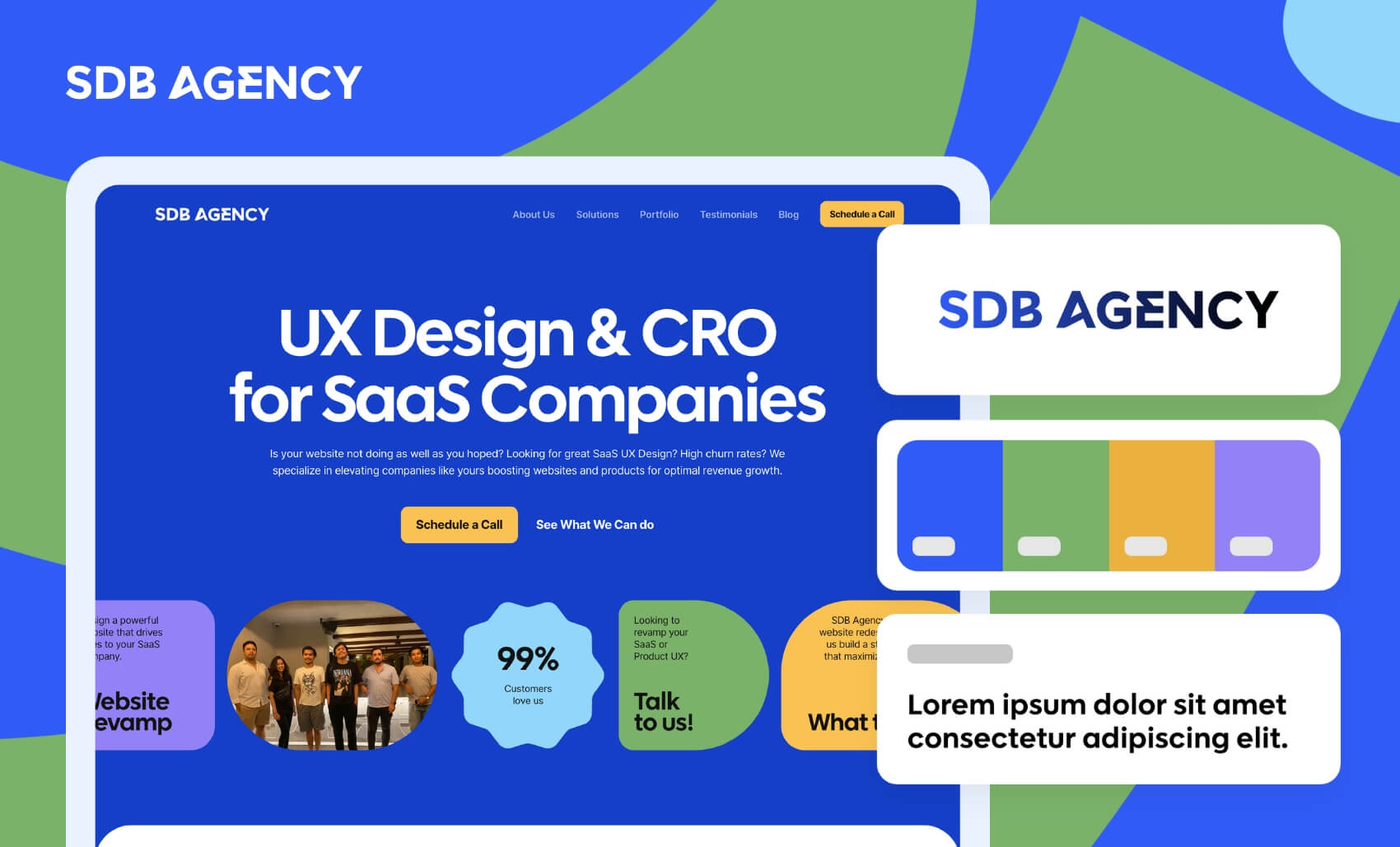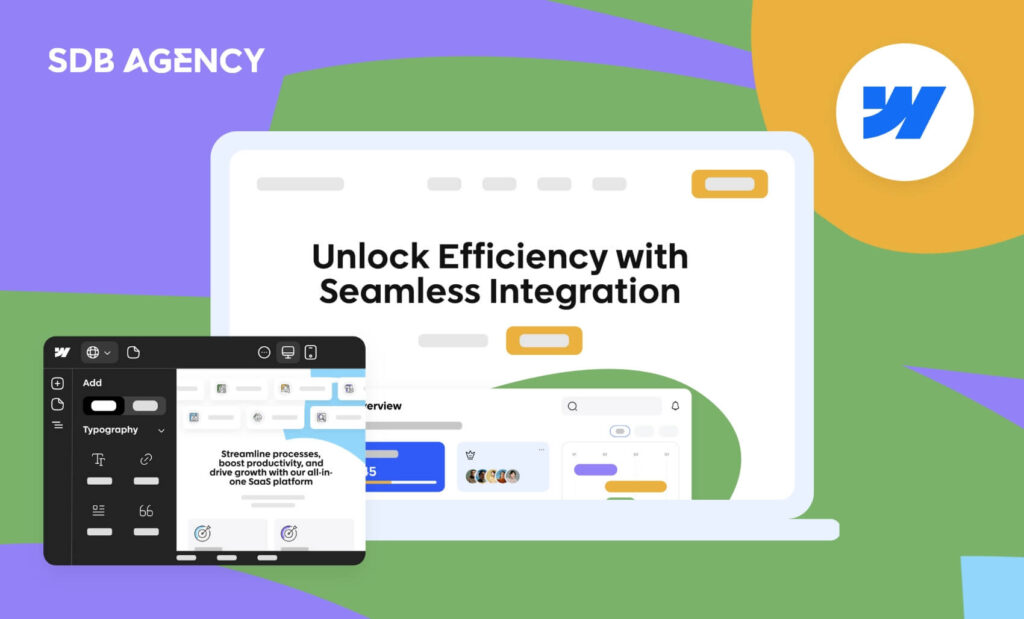How to Maintain Brand Consistency During a Website Revamp

Your website is the heart and soul of your online presence. It’s where most of your customers will find your brand in search engines and learn more about it.
That being said, your website may also be a powerful branding tool. Therefore, you must craft it carefully. Today’s users are extra picky; it can take half a second for visitors to create an opinion about a website and decide whether they’ll stay or not. Besides expecting a fast website, they also want one that works and is responsive across multiple devices. Users also expect a website that delivers consistent experiences, no matter the page they land on.
Consistency makes the designing process easy
Consistency means reliably adhering to a set of rules or preferences. It’s crucial for maintaining consistent branding, as it helps your audience recognize your brand and encourages them to become loyal customers.
Imagine your favorite store’s logo and colors; when you see them, they will evoke a sense of comfort and familiarity. This is also the case when it comes to brand consistency for a website. You want to ensure your site matches your brand’s personality and values. A consistent brand will strengthen your reputation and make it memorable for your customers.
4 ways to create brand consistency for your new website
By consistently incorporating elements of your brand during your website revamp, you can increase your brand’s authority and build trust with your customers, ultimately getting them to convert faster. Here are our top tips for creating a consistent brand during your website revamp:
1. Know your audience
Conduct thorough market research and find out the kind of customers who are interested in your products or services. Keep an eye on their demographic data, education, background, and major pain points. This data can help you segment them and build solid buyer personas.
If you’re unfamiliar with the term, buyer personas are semi-fictional representations of your target audience that help you understand their preferences and tailor your brand elements to fit their needs.
2. Build a solid brand guideline
After knowing your audience, it’s time to create a comprehensive brand strategy. This should address every aspect of your site and help you keep these elements consistent for your brand in the long run.
Many companies create detailed brand guidelines based on their branding strategies to help dictate their content creation efforts, design elements, and your website’s overall appeal. Your brand guidelines should include every part of your online presence, including visual design aspects such as:
- The use of colors: every color triggers different emotions; blue stands for trustworthiness, green for nature, red for passion, and so on.
- Typography: Pick the fonts you think fit your brand and apply them throughout your website. For example, sans serif fonts are modern, serif fonts are traditional, and script fonts appear luxurious.
- Image formats and sizes: Use a standard visual content format for every platform and channel. For example, images on your site should not be the same as those on your Facebook profile.
- Your logo: It must represent everything your brand is about. Think about it long-term and ensure it’s applied consistently throughout your site.
3. Your tone of voice
A brand’s tone of voice sets it apart from average ones. Your tone of voice allows you to create a recognizable brand personality across various channels and connect deeper with your target audience.
You can start by assessing your brand’s traits thoroughly and describe your brand in a few words or sentences. What adjectives would you use to describe your brand if it were a real person? Is it authoritative or emotional? Or perhaps it’s energetic and approachable?
Your tone of voice depends on multiple factors, including your industry and audiences. For example, a healthcare brand will need to sound authoritative, while a fashion brand that targets Gen Zs will need to sound friendly and playful while still being informal.
Your brand voice should be consistent throughout your website’s content, including your homepage, blogs, and FAQs. This way, no matter where your visitors land, they’ll recognize your language and know who it belongs to.
4. Create a content plan
Quality content attracts visitors to your website. After grabbing their attention, it’s crucial to keep them engaged. This is why you need to deliver top-notch content consistently. You can create a detailed editorial calendar to help you map out your entire content marketing activity.
First, decide how frequently you want to publish fresh content. Is four times per month enough? Or perhaps four times a week? After determining your schedule, stick to it so your audience knows when to expect new content.
Second, figure out the topics you should write about. Provide relevant and fresh topics that resonate with different audience segments, and avoid discussing the same topic over and over again. Tools like BuzzSumo or Google Trends can help you create fresh content ideas.
Then, consider the variety of content. Blogs are the backbone of your content, but do you want to create other forms of content? Plenty of engaging content, such as animations, ultimate guides, detailed lists, videos, case studies, etc., has the potential to generate more ROI.
Remember to build your plan four to six weeks ahead. Ensure that your content plan is achievable and that all members of your content or marketing team, from blog writers to editors, have plenty of time to brainstorm, research, and get their tasks done.
Conclusion
In summary, consistency is highly important in your website’s design. It helps your audience remember and recognize your brand, leading to loyal customers.
To get the most out of your branding strategy for your new website, it is crucial to align your website presence with other digital platforms you’re using, including social media platforms, email, chatbots, or PPC.
Ensuring a cohesive brand experience across all these channels reinforces brand identity and creates a seamless user journey, enhancing trust and engagement. Maintaining uniformity in design, tone, and messaging makes it easier for customers to interact with your brand, no matter where they encounter it, ultimately driving better results and fostering a stronger brand connection.




